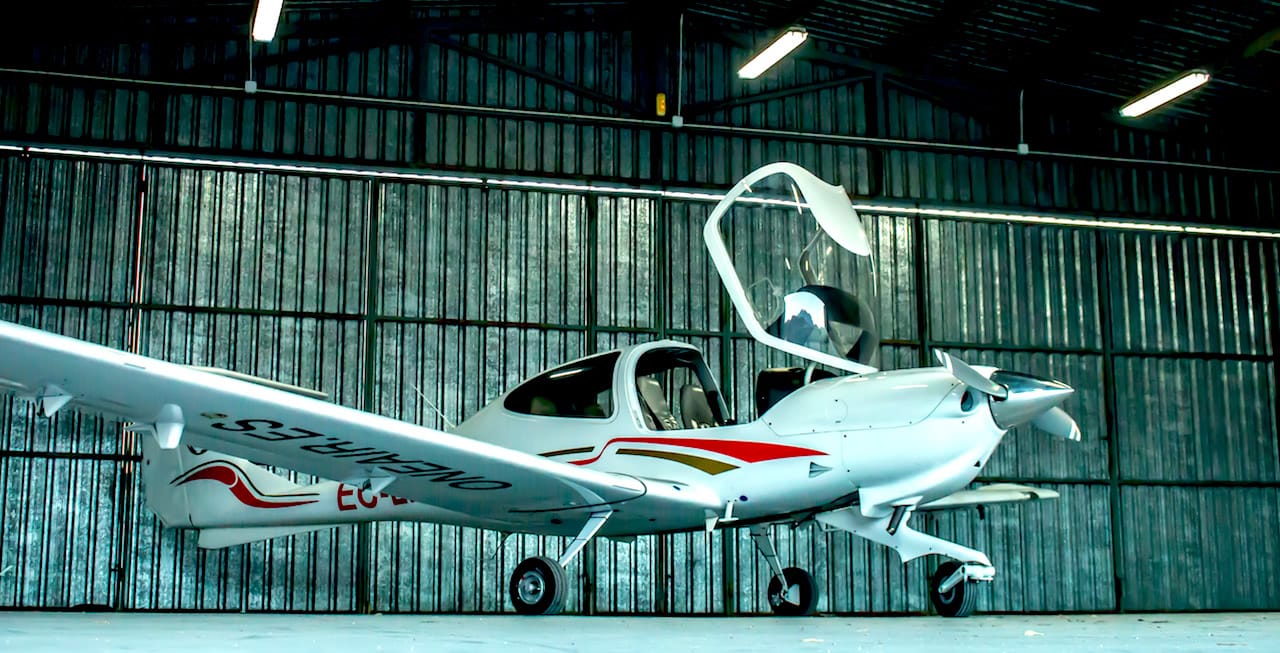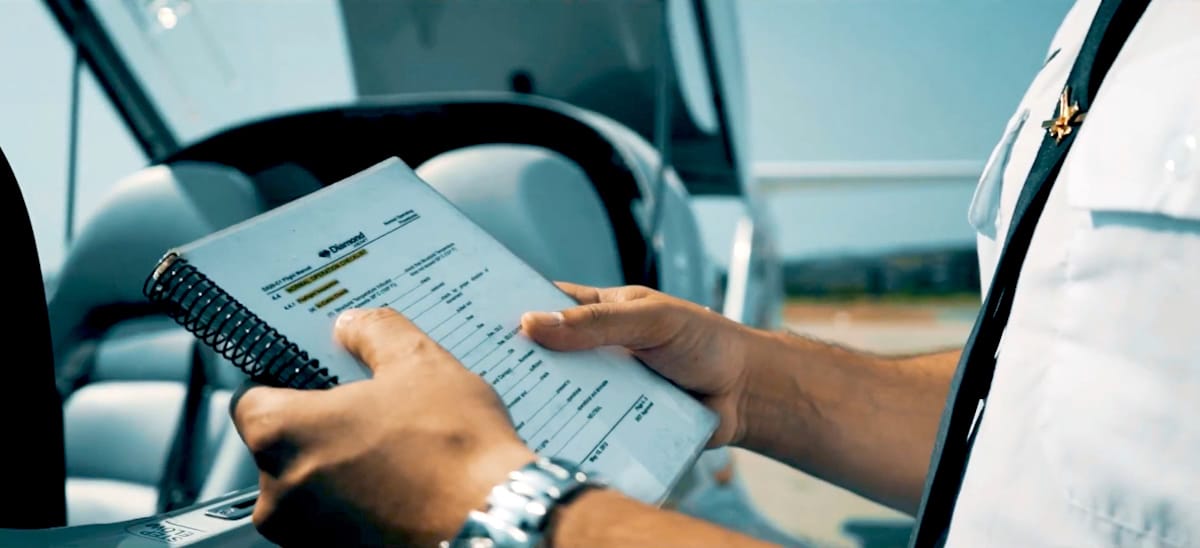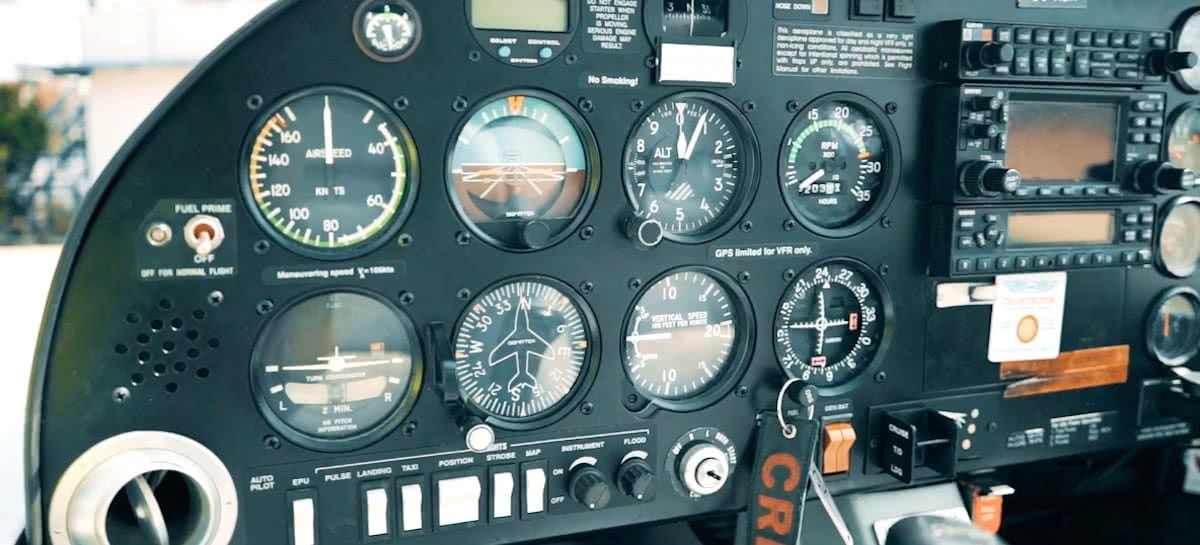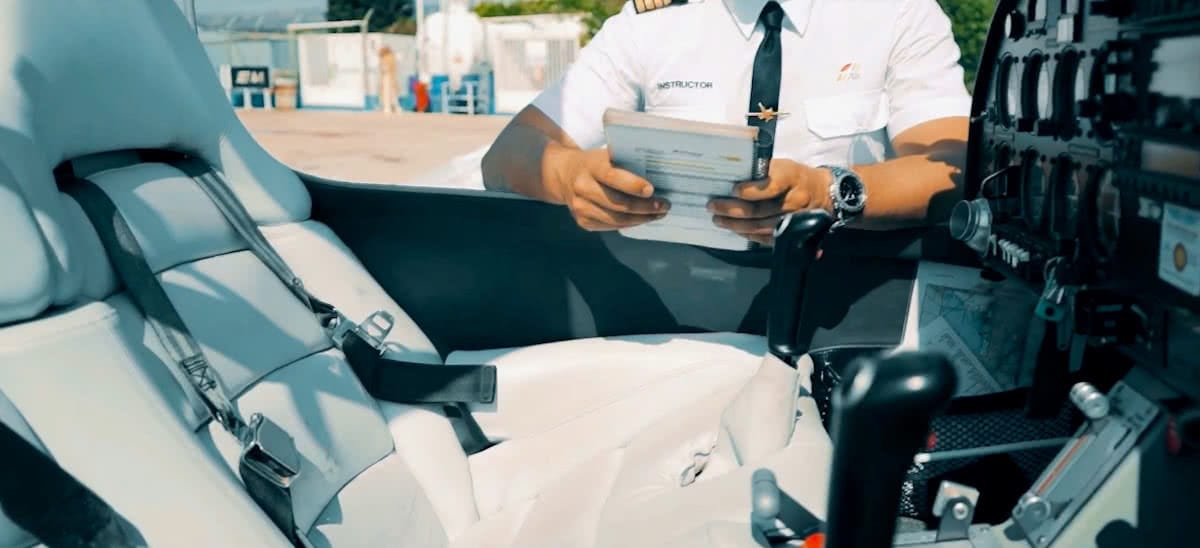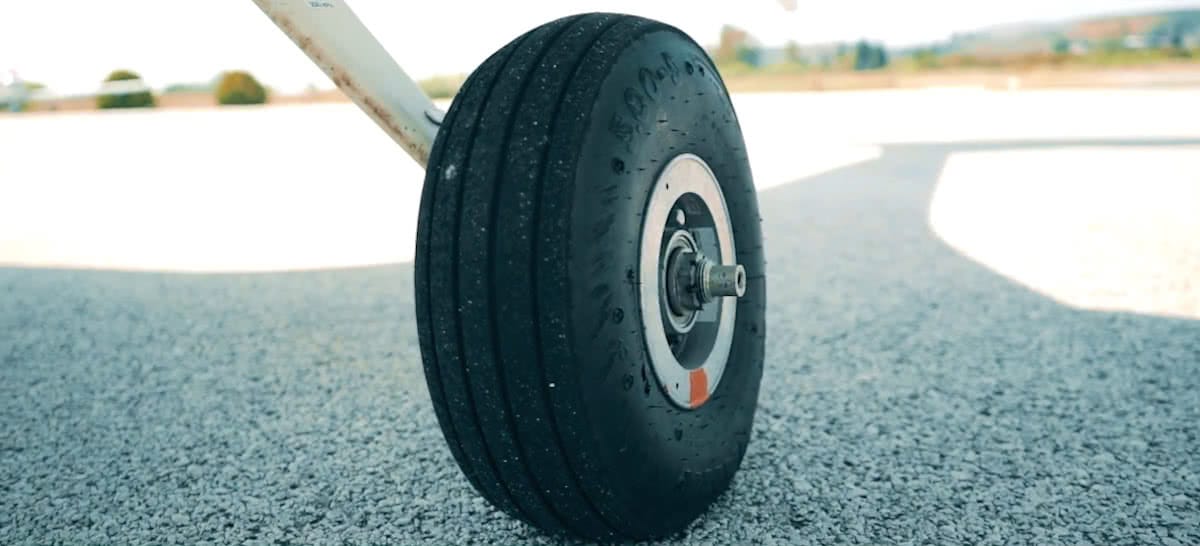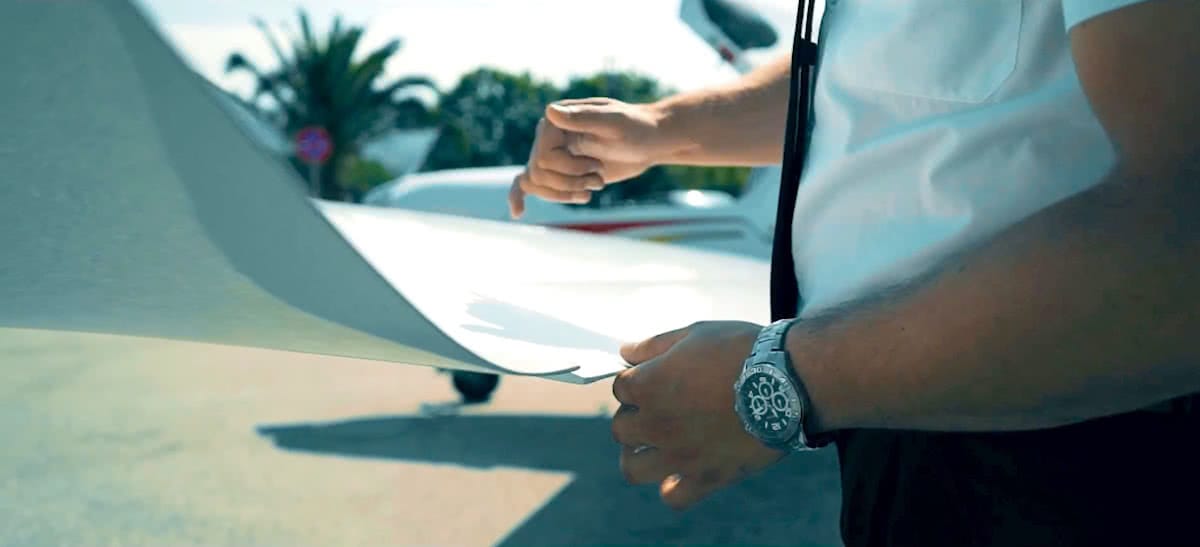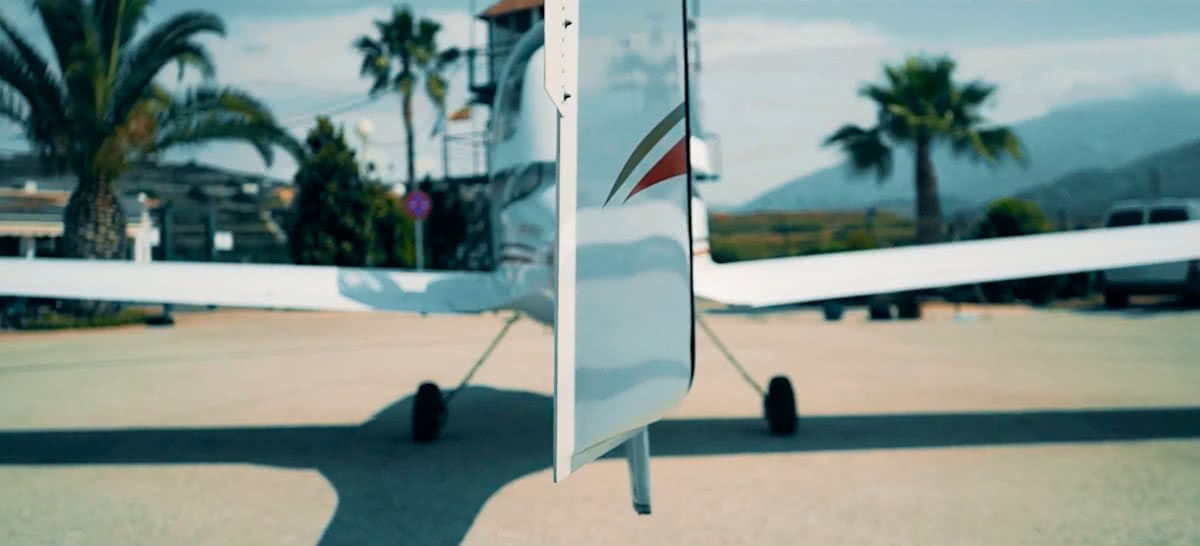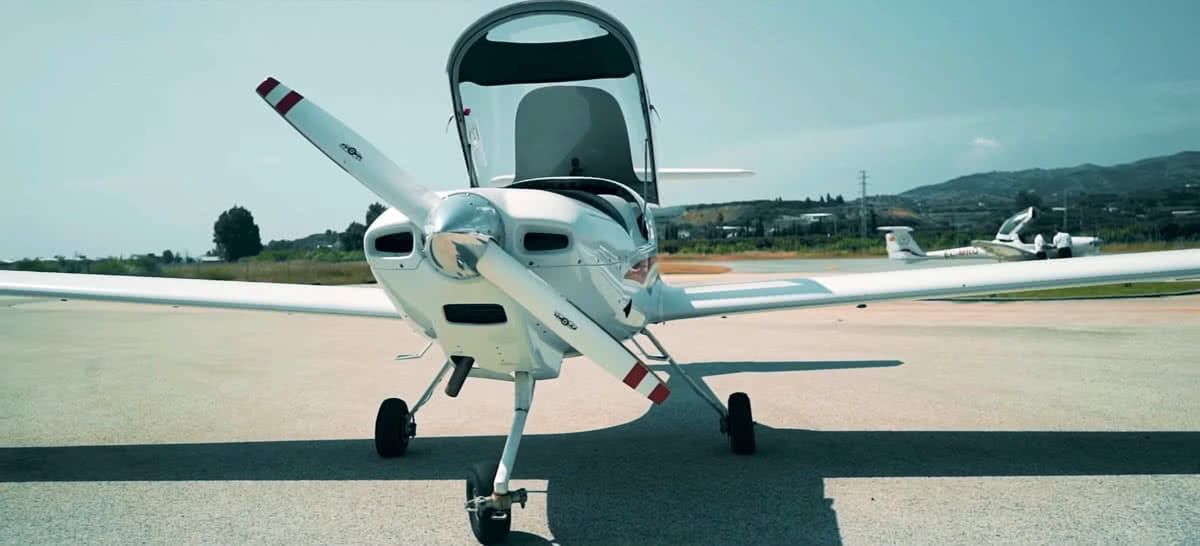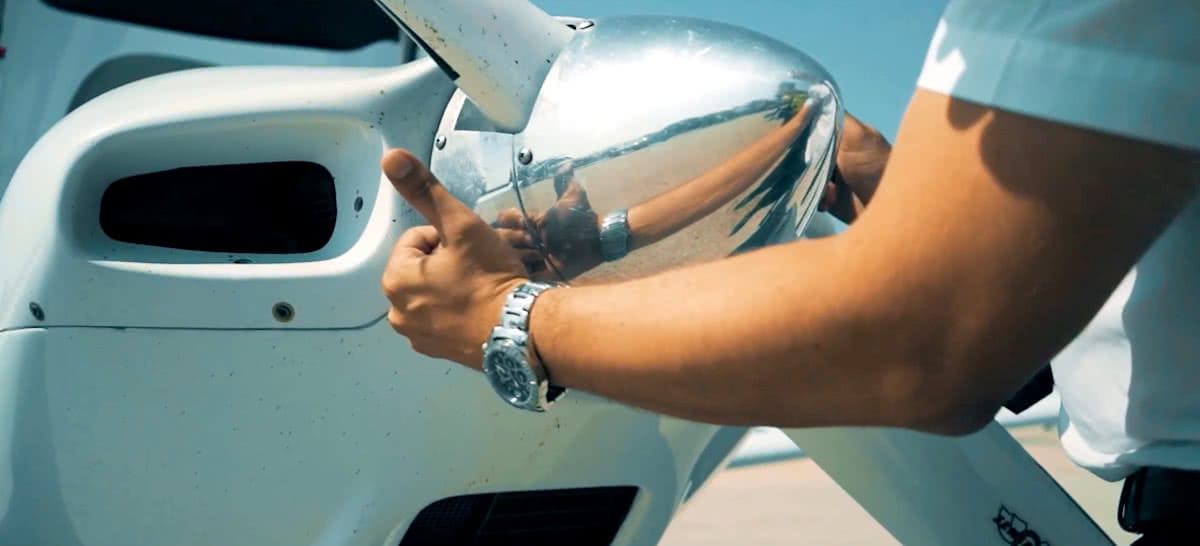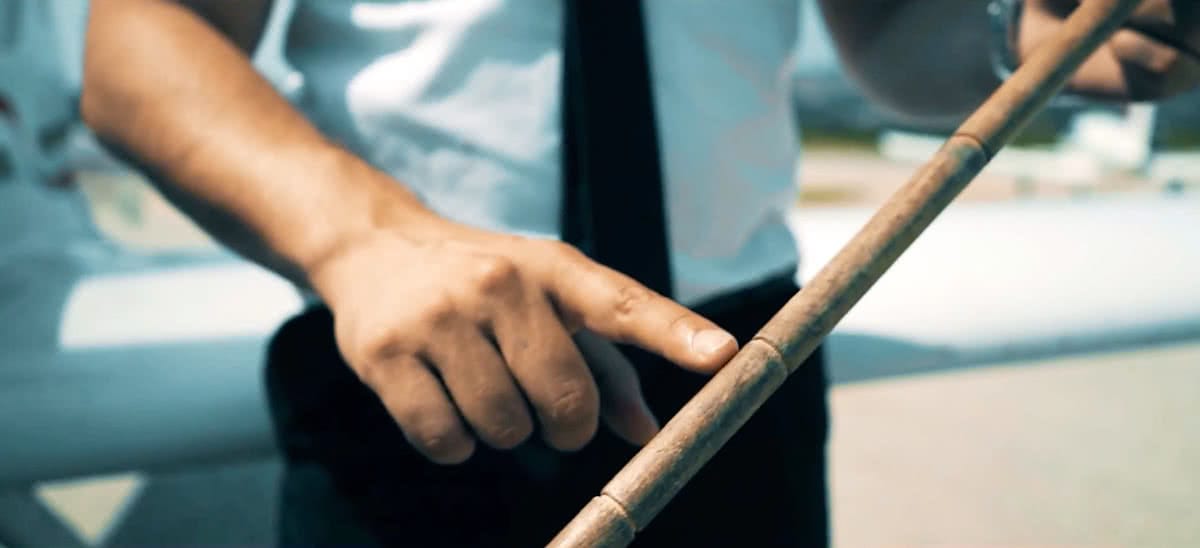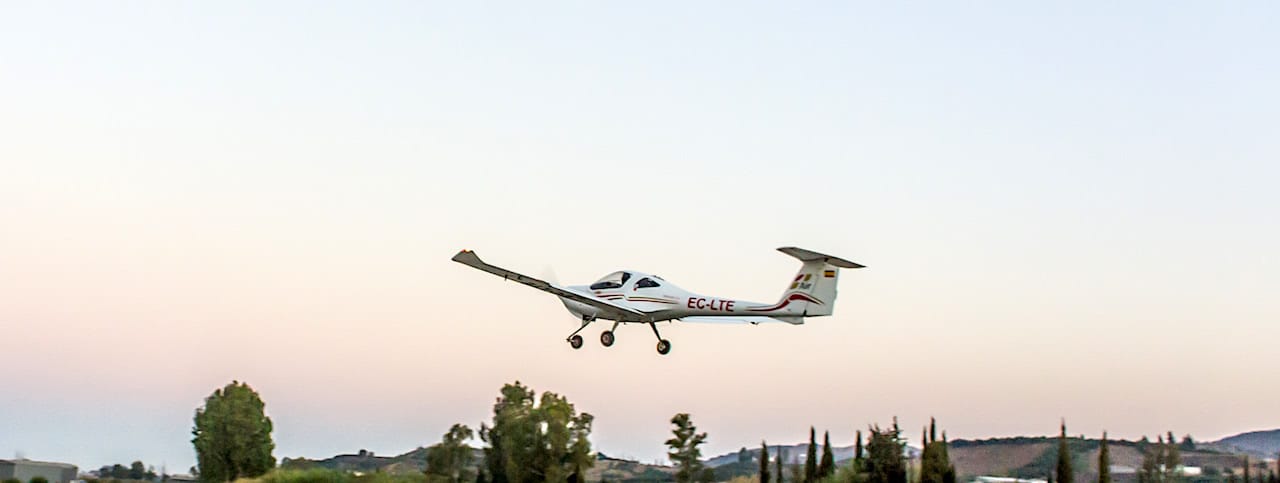We are sure that you have ever heard that the plane is the safest means of transport that exists, isn’t it? And it is true, but for this, every time an aircraft has to take off, it is subjected to a rigorous preflight check to verify that all its components are in optimal conditions.
In this article, we show you what steps to follow to inspect a Diamond DA20 before each flight. Besides, so that you do not lose detail, you will be able to see the entire process on video by one of our instructors.
But first, let’s look at the essential characteristics of this aircraft which is crucial in almost all phases of pilot training.
Leading Edge
Once the wheels of the aircraft have been verified, we proceed to check the general condition of the wings. To do this, we will follow the entire line of the leading edge, checking the loss warning and the whole lower side of the wing.
We will check the static pitot tube, making sure that the case is removed, that it has no obstruction and that it is in good general condition.
Wing Lights
After having turned on the battery and having verified that the lights are operational, we will check that they are fixed and that they do not show any damage.

